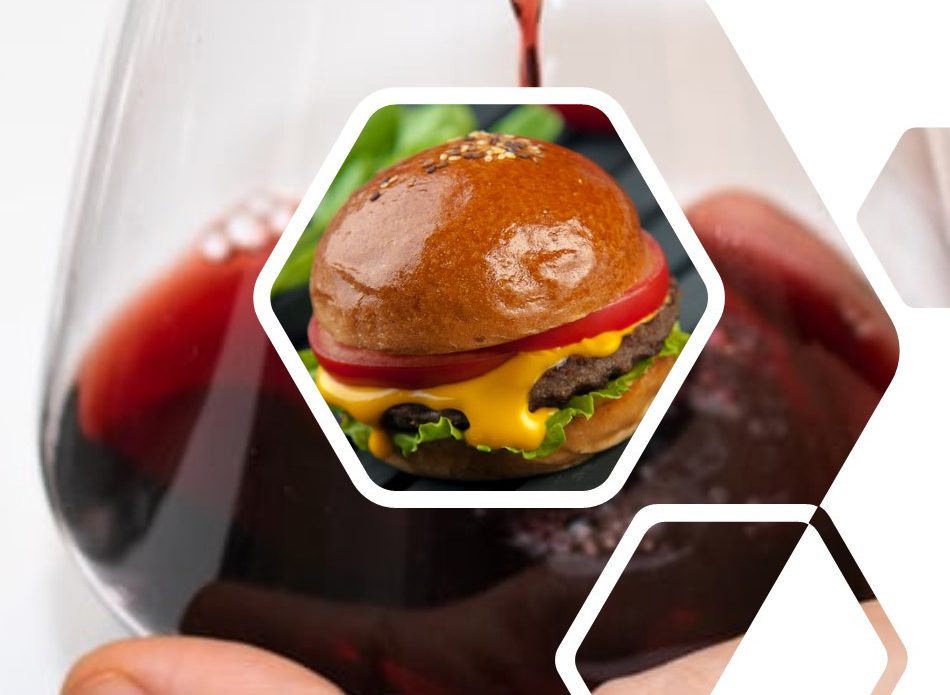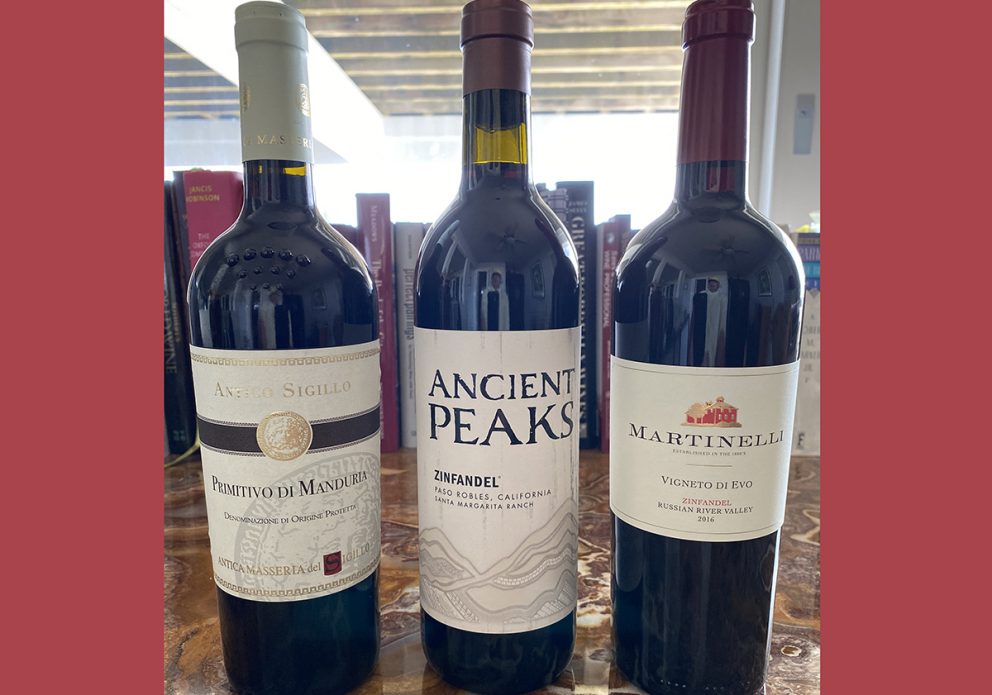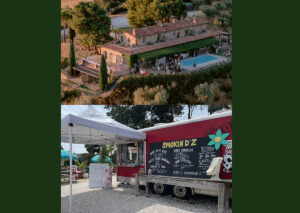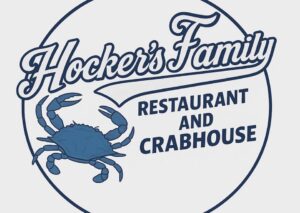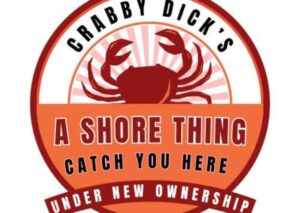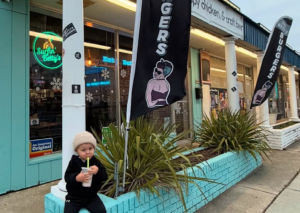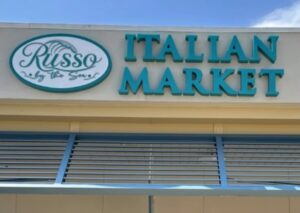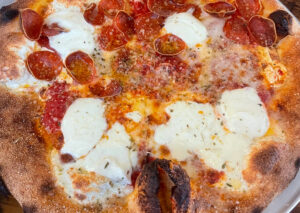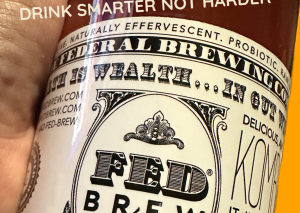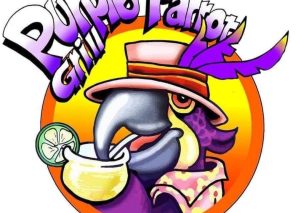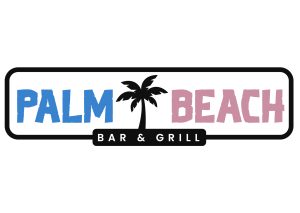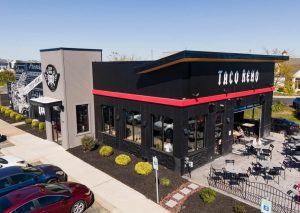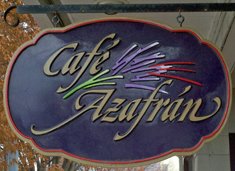Wine isn’t complicated, and its enjoyment doesn’t require membership in some elite club (even though some folks try to make it that way by employing incomprehensible jargon and, let’s face it, an approach that is … well, snooty).
First and foremost, wine is just a beverage. And it’s a beverage that has been part of human culture for thousands of years. For our friends in, say, Italy, Spain or France, wine is as much a part of everyday life as hamburgers are here in the U.S. Speaking of hamburgers, why not continue our wine journey with a wine that used to be considered a “hamburger wine” but has since graduated to a more elevated position: Zinfandel, once known as the mystery grape. It was so called because it appeared to be a uniquely American grape and no one knew how it got here or what other grapes it was related to. Fast forward to the world of DNA sequencing and we now know it had its origins in Croatia as a grape known as Crljenak Kastelanski or Tribidrag. It's also the same as an Italian variety known as Primitivo. You may see reference on a wine list to Primitivo even here in the U.S., but just think of it as good old Zin.
Zin is also one of the most misunderstood wines because of its association with “white” Zinfandel, the slightly sweet pink version of Zinfandel that sold like hotcakes some years ago. At that time, Zinfandel was a grape variety that was literally dying on the vine as wine drinkers were awakening to the world of more international varieties such as Chardonnay and Cabernet Sauvignon. Up to that point, Zinfandel was almost unheard of. But the instant popularity of white Zin made Zin a profitable grape which per$uaded vineyard owners not to pull up their Zin vines in favor of the then up-and-coming varieties like Chardonnay and Cabernet. With the passing of the white Zin craze, folks began exploring the red version of Zin and its popularity and quality grew in leaps and bounds. BTW, nothing mysterious about why the same wine could be pink and red. The color is in the skin of the grape not the flesh or juice and if you leave the juice in contact with the skin for just a short period of time, it comes out pink. If you leave it in contact longer it comes out red, and the wine also picks up more flavors and the mouth-drying effect of the skins, aka, tannins.
So lets talk Zin. No longer the low wine man on the totem pole, some California Zins are highly coveted and truly spectacular. In fact, many Zins are still some of the few true relative bargains left in the world of wonderful red wines having a great price to quality ratio (something I am always looking for in a wine). And Zin is a great food wine pairing nicely with a variety of foods. Although as with most wines, there are numerous styles of Zinfandel. It is often fruit forward, showing luscious ripe black fruit and smokiness that comes from the oak barrels in which it is aged and often higher in alcohol than other wines. Zin is a perfect accompaniment to, well, yes, hamburgers, as well as grilled meats and foods with a bit of spice.
A few of my favorite Zins representing different styles and price points are: Ancient Peaks, Paso Robles, California (classically Zin: juicy, jammy with black and red fruits, about $20); Antico Masseria del Sigillo, Primitivo, Puglia, Italy (this classy Primitivo is well balanced, with lots of nice dark fruit and brighter fruit, also about $20). For a step up in price and quality, I really like Martinelli, Vigneto Di Evo, Russian River Valley, California (juicy red and black fruits with a touch of spice for under $30). Mystery solved. Yum!!
Cheers!
Cuvée Ray
If you enjoyed this article please join the Cuvée Ray Wine Lovers Facebook Group be clicking here.


